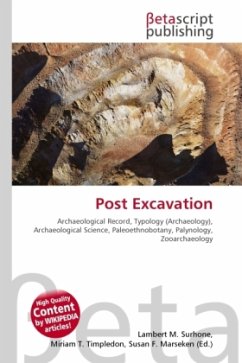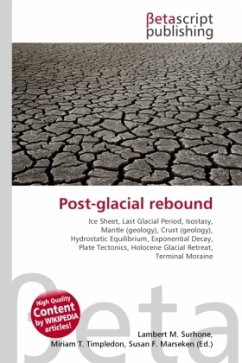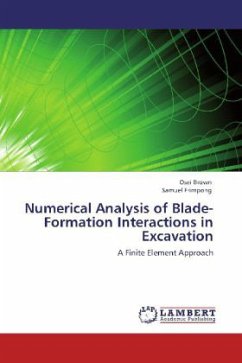High Quality Content by WIKIPEDIA articles! In archaeology once the archaeological record of given site has been excavated, or collected from surface surveys, it is necessary to gain as much data as possible and organize it into a coherent body of information. This process is known as post excavation analysis, and is normally the most time-consuming part of the archaeological investigation. It is not uncommon for the final excavation reports on major sites to take years to be published. At its most basic, the artifacts found are cleaned, catalogued and compared to published collections, in order to classify them typologically and to identify other sites with similar artifact assemblages. However, a much more comprehensive range of analytical techniques are available through archaeological science, meaning that artifacts can be dated and their compositions examined. The bones, plants and pollen collected from a site can all be analysed (using the techniques of zooarchaeology, paleoethnobotany, and palynology), while any texts can usually be deciphered.
Bitte wählen Sie Ihr Anliegen aus.
Rechnungen
Retourenschein anfordern
Bestellstatus
Storno








